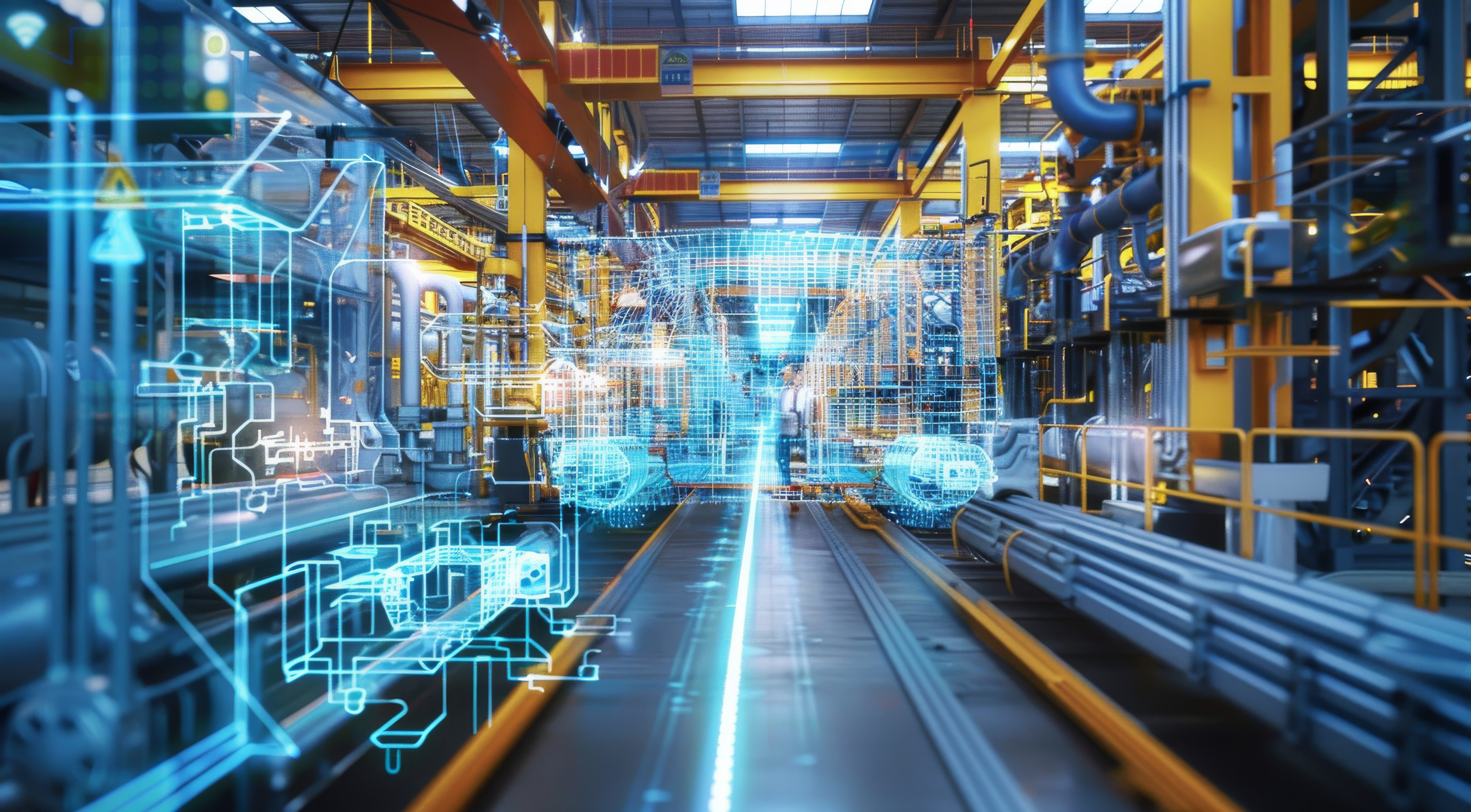James Prestwood from ABI Research shares his insights on technology adoption in Asia Pacific and how that’s impacting the industry at large.
Digital transformation has become a critical driver of competitiveness and growth in the Asia-Pacific (APAC) manufacturing landscape. Companies across the region are increasingly embracing new technologies to enhance operational efficiency, reduce costs, and become more sustainable.
In an interview with James Prestwood, Industry Analyst, Industrial and Manufacturing, at ABI Research, we discuss some of the trends and challenges in APAC manufacturing, as well as opportunities for businesses as they head towards a more digitalized future.
Investing in technology across SEA
While countries in the region are at different stages of smart manufacturing adoption, there is steady growth overall. According to ABI Research, Southeast Asia (SEA) is forecast to see digital spending rise from $101 billion in 2024 to $302 billion by 2028, with top spenders being Malaysia, Thailand, and Singapore.
Prestwood noted that these investments are made against the backdrop of the China Plus One strategy that is seeing China-based businesses increasingly invest in other economies, notably in SEA, helping to drive significant growth in their manufacturing markets and increase adoption of more ‘digitally mature’ production methods.
He said, “The support of governments particularly in countries like Thailand, Vietnam and Malaysia have also boosted the use of technology in manufacturing, and this is great to stimulate change in the industry in the short term. However, in the long run, if manufacturers in these countries want to be market leaders, they must truly recognize and value the impact that digital transformation can have on their operations. This will allow them to push investment and adoption in new technologies, rather than just reacting to government tax breaks and subsidies to drive spending.”
Technology as frontline co-pilots
In APAC, the growing talent gap has become a concern as more companies are faced with an unskilled workforce.
According to ABI Research, common technology use-cases for manufacturers include data analytics and predictive maintenance.

